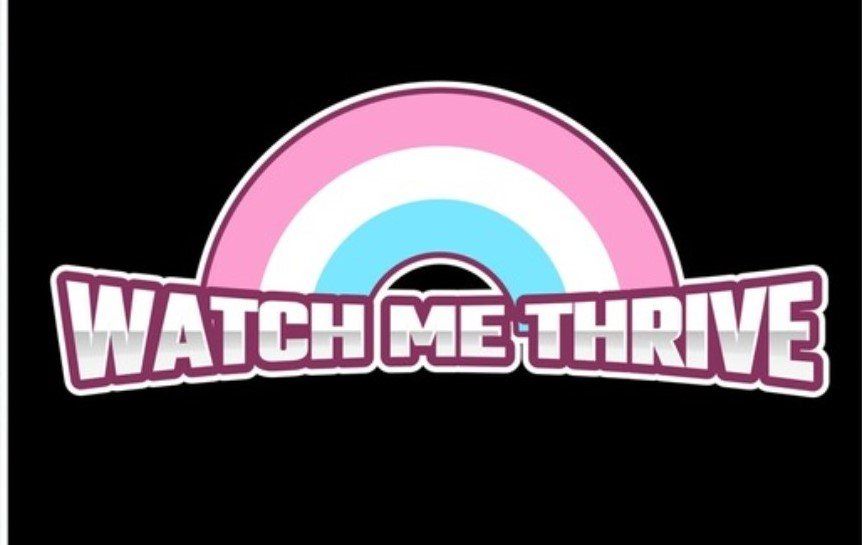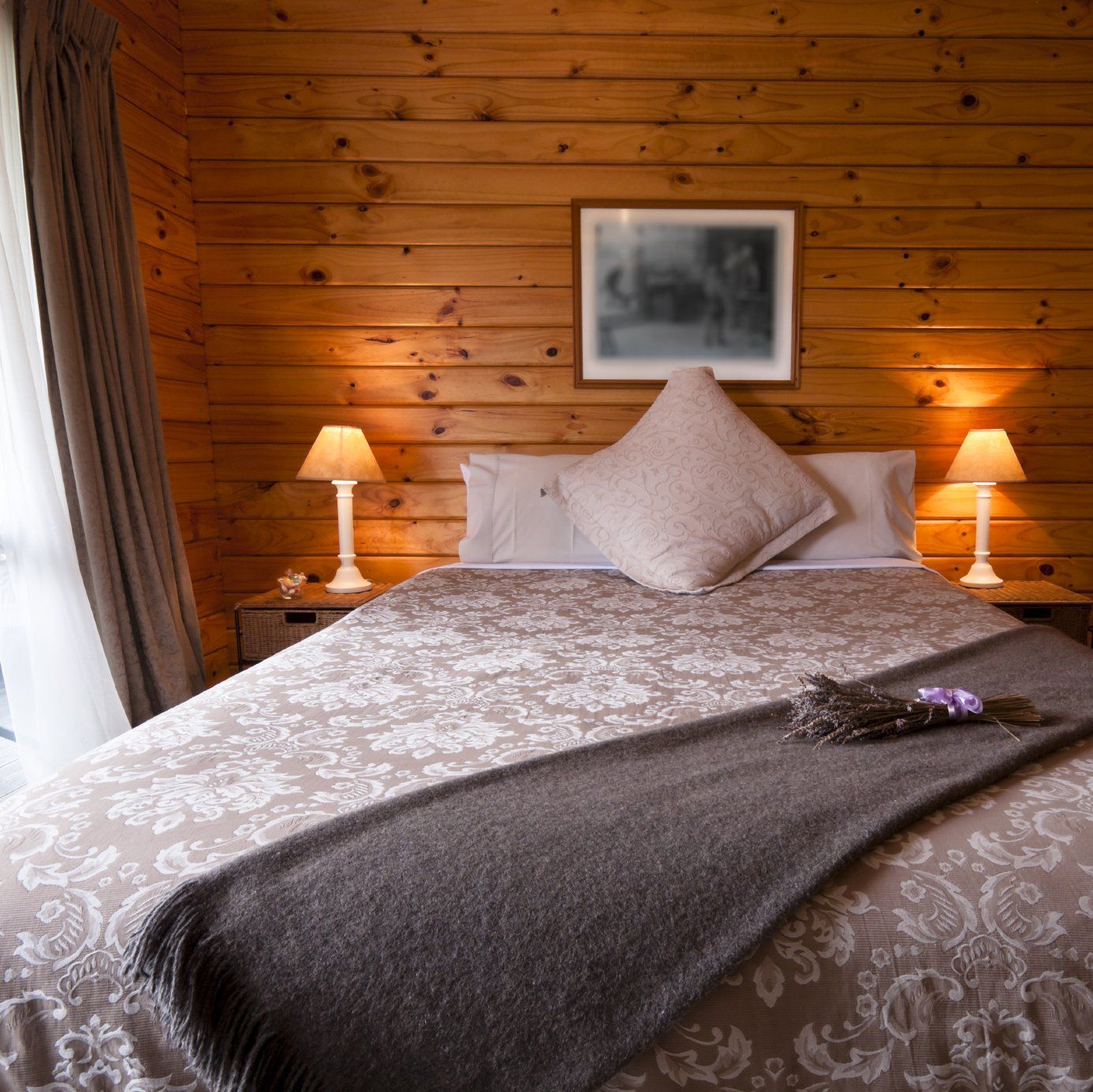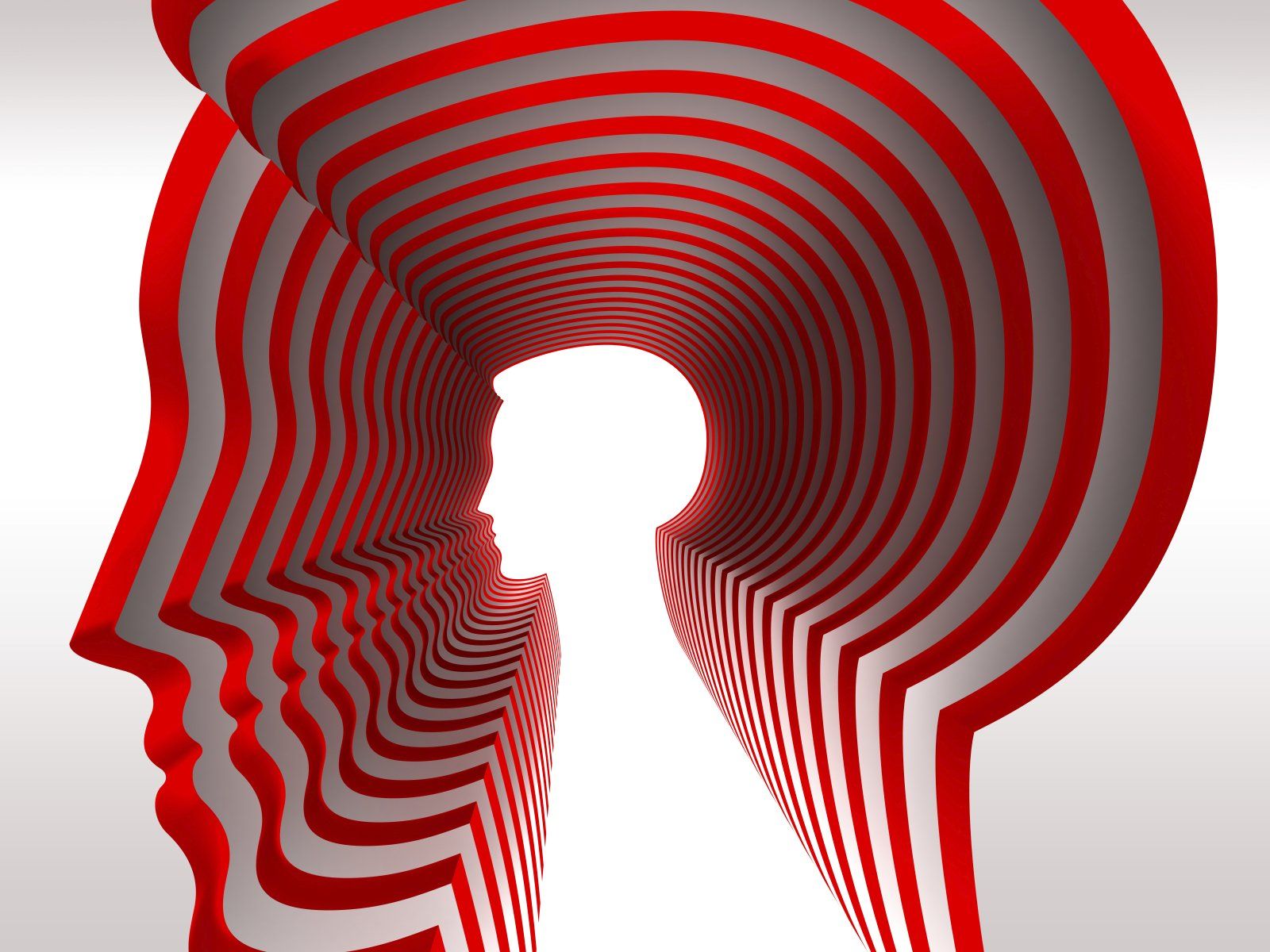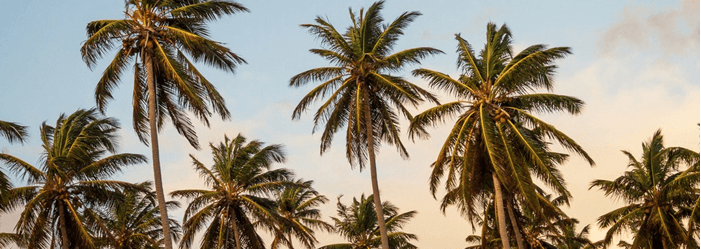Blog
Blog

By Daniel Hardy, MSN, APRN, PMHNP-BC, PMGT-BC
•
21 Oct, 2022
When I first came out (the first time) in the 1990s, things were quite different. We were still in the middle of the HIV/AIDS epidemic, queer marriage and domestic partnerships were illegal in all US states, and significantly more than half the states had anti-sodomy laws. We, queers, hid and banded together for safety in spaces like the theater program at school. We spoke in coded phrases do avoid outing ourselves. I did not see people like myself reflected on television, in books. There would occasionally be a special interest news story about gay rights that I would secretly record (on a VHS tape) to watch at night when everyone else was in bed. I know that in 2020, things are not perfect- and even in many areas, they have not progressed far from how things were when I was growing up. But in many areas, with help from the internet and the passionate advocacy from those who came before us (Black Trans women, primarily), things have begun to improve. Teens and even children now understand that the way they feel inside is not shameful, not harmful, but a variation of normal. Parents don't attempt scientifically proven harmful "therapies" aimed at changing their children, but instead affirming their true nature. And in the face of these changes, youth are claiming their identities more than ever. In 2021, nearly 30% of LGBTQ youth aged 13-24 identified as transgender, nonbinary, or both. The Trevor Project (2021) https://www.thetrevorproject.org/wp-content/uploads/2021/07/Measuring-Youth-Sexual-Orientation-and-Gender-Identity.pdf For these same youth, 21% have sexual identities as something outside the identities of gay, lesbian or bisexual. Most people, even cisgender straight people, understand the concept of gay and lesbian. Many also have a firm grasp on the bisexual identity- attraction to two or more genders or genders that are the same and different from that of ones self. It is in this "something else" that many people who are not very familiar with the queer community begin to feel lost. Here is where we will examine these identities. The "long" acronym (LGBTQPIA2S+) includes letters for many portions of the community- but not all. Starting with these letters: T- Transgender: Transgender is an individual whose gender identity (internal gender concept) is different than their assigned gender at birth. This is an umbrella term that may include people who identify with terms such as "nonbinary" (gender identity outside of the male/female binary) "gender queer" (gender identity that is outside the traditional notions of gender- 'queering gender'), "gender fluid" (gender that fluctuates), "transsexual" (transgender person who seeks medical transition, can be seen as outdated term by some, but is preferred by others), "agender" (having no gender identity) and more. The opposite of transgender is cisgender- someone whose gender identity matches their gender assigned at birth. Q- Queer: For more information about Queer, see the asterisk (*) below. Queer is an umbrella term for the longer acronym. It is fully and totally inclusive of all of the community- all those whose gender and/or sexual identities fall outside the social standard. Questioning: This term is used to include people whose identities are not firm, "I don't know where I fall- If I'm straight or gay or something else." It's healthy to explore your identity and see what fits best. P- Pansexual: Pansexual is a term similar to Bisexual (bisexual is an umbrella term inclusive of pansexual). Pansexual is a more politicized term, with attraction being defined as "without respect to gender." I- Intersex: intersex individuals are those whose biology doesn't neatly fit into a male/female binary. This might be at the genetic level only, or expressed in a more visible way. This is a much more common condition than most people realize, 1/100- with around 1/5 of these receiving coercive surgery before they are able to consent. A- Asexual, Aromantic and Agender (agender was defined above, under transgender) Asexual- a lack of sexual attraction to any gender (not necessarily lack of libido or lack of sexual action). It's important to note that this is often mistaken for a medical or mental health concern. Aromantic- a lack of romantic attraction to any gender (lack of romantic desire) A note on "A for Ally"- A in the acronym does not and should not ever stand for "ally." While allies are an important part of advocacy and support for our community, they are not within the community. Asserting that A should stand for Ally eraces the identities that A does stand for, while simultaneously centering the feelings of cisgender, heterosexual individuals, who are claiming to be allied with us while causing us actual harm (by eracing us). 2S- Two Spirit- Many native american cultures identified a third gender, generally called by the modern Pan-Indian term Two-Spirit (or known by the appropriate term within each tribal nation's language). Although the diversity across these cultures is massive, the similarities remain- that these individuals were highly respected and afforded an important place in society until white missionary work sought to "normalize" gender identities. + The Plus stands for identities that aren't captured by the longer acronym. Polysexual Omnisexual Split attraction model: Sexual attraction- desire for sexual acts with a person or a group of people (a particular gender, for example) Romantic attraction- desire for romantic acts with a person or group of people Sensual attraction- the desire for tactile but non-sexual touch with a person (such as hugging, back rub) Aesthetic attraction- an appreciation of beauty or attractiveness of another, such as a work of art Emotional attraction- the desire to form an emotional bond with someone, to understand them better Platonic attraction- the desire to form a friendship Intellectual attraction- the desire to interact on an academic or thought-process level. "picking your brain." from https://lgbtq.unc.edu/resources/exploring-identities/asexuality-attraction-and-romantic-orientation/ *"queer" specifically used as a term of inclusion here, having been reclaimed several decades ago. the more recent (post 2000s) pushback against the reclamation began as part of an anti-transgender movement. Substitute for LGBTQPIA2S+ as preferred.

By Daniel Hardy, MSN, APRN, PMHNP-BC, PMGT-BC
•
26 Sep, 2022
"Why do clinicians desire and at times demand “100% certainty” from their trans patients before accessing gender-affirming care, when they would not do so when patients take on college debt, or have children, or get a tattoo?" (Marrow, 2022)
daniel.hardy AT danielhardy.org
|
+1 513 642-9241








